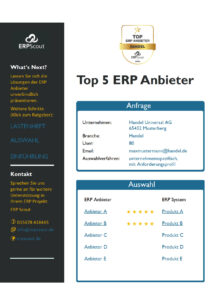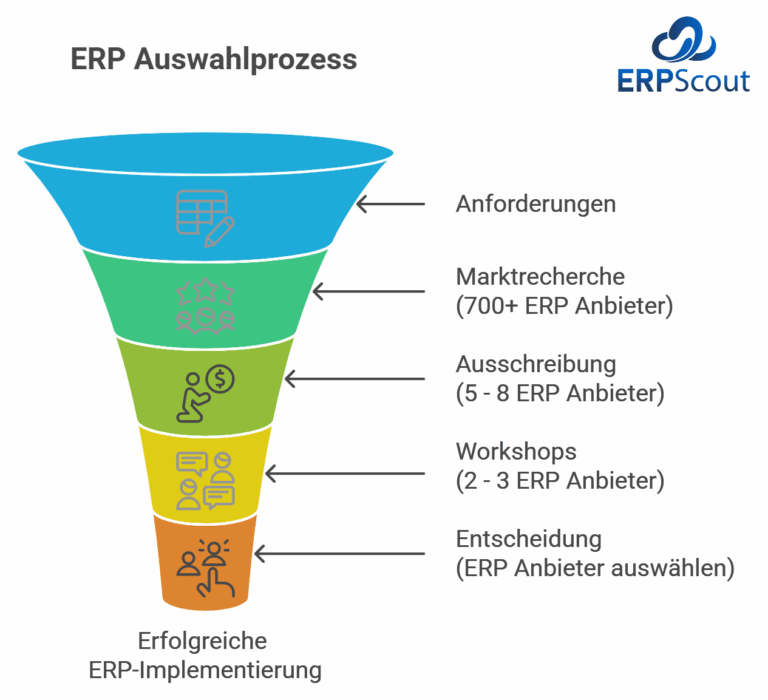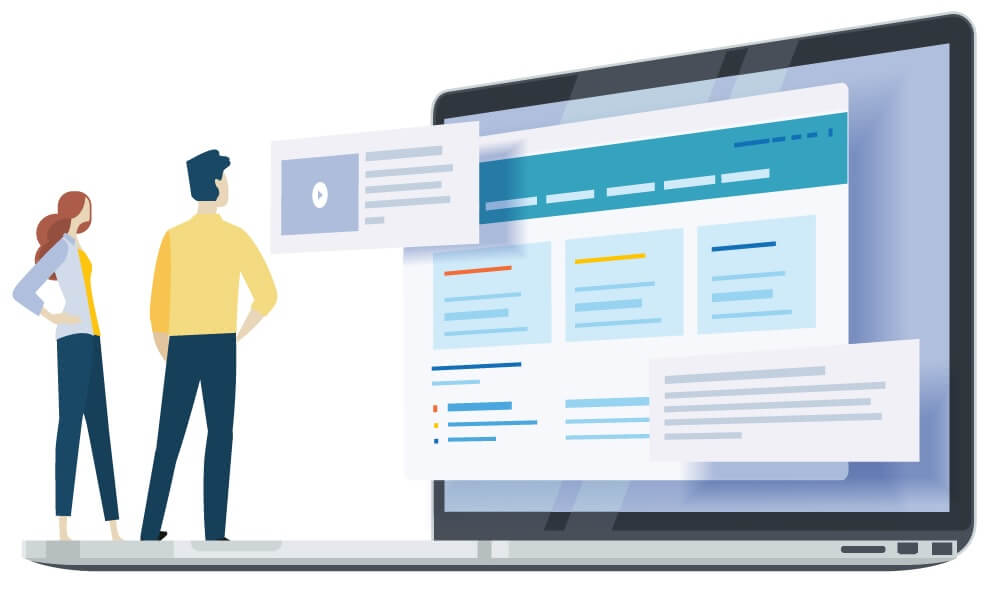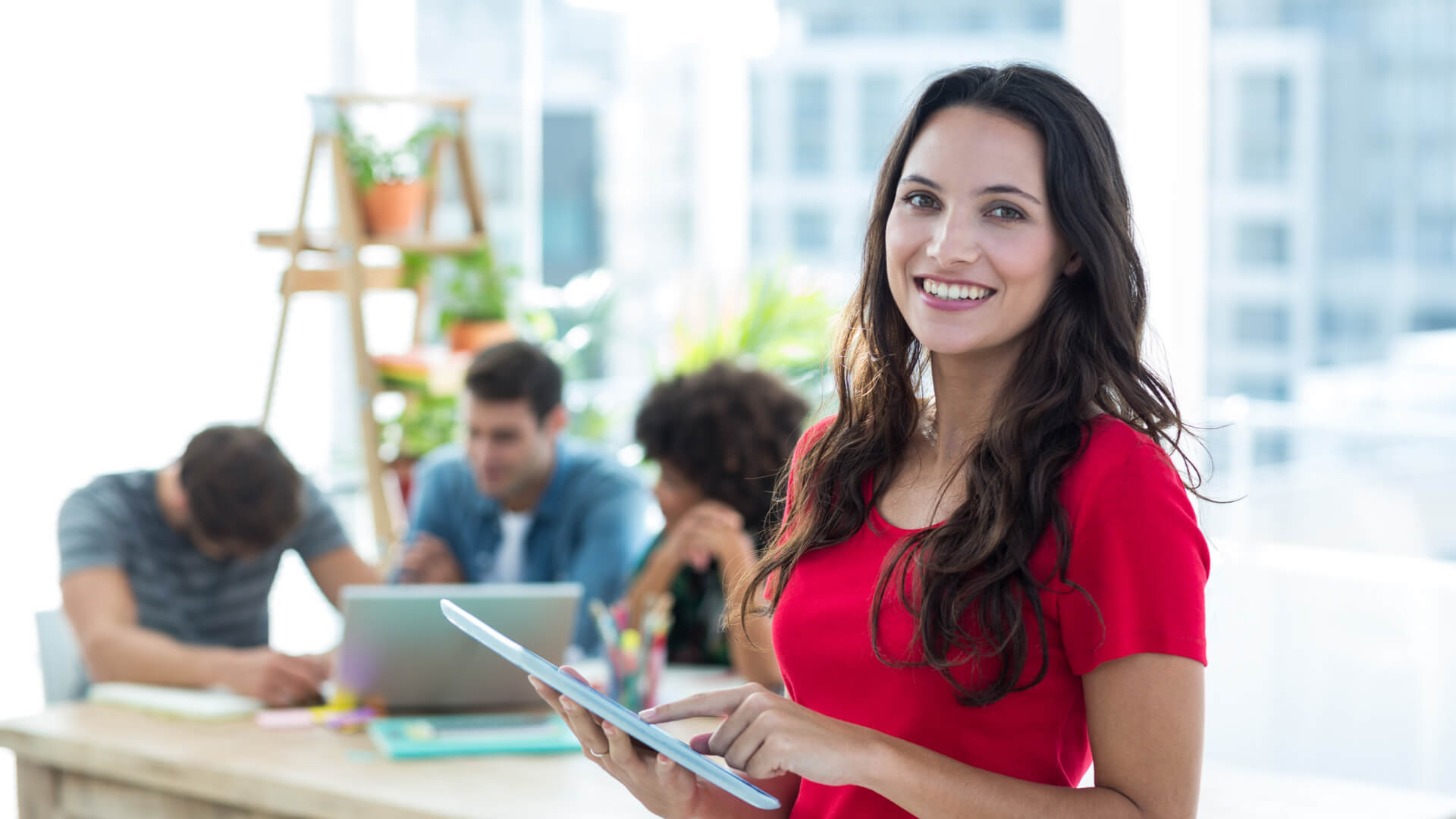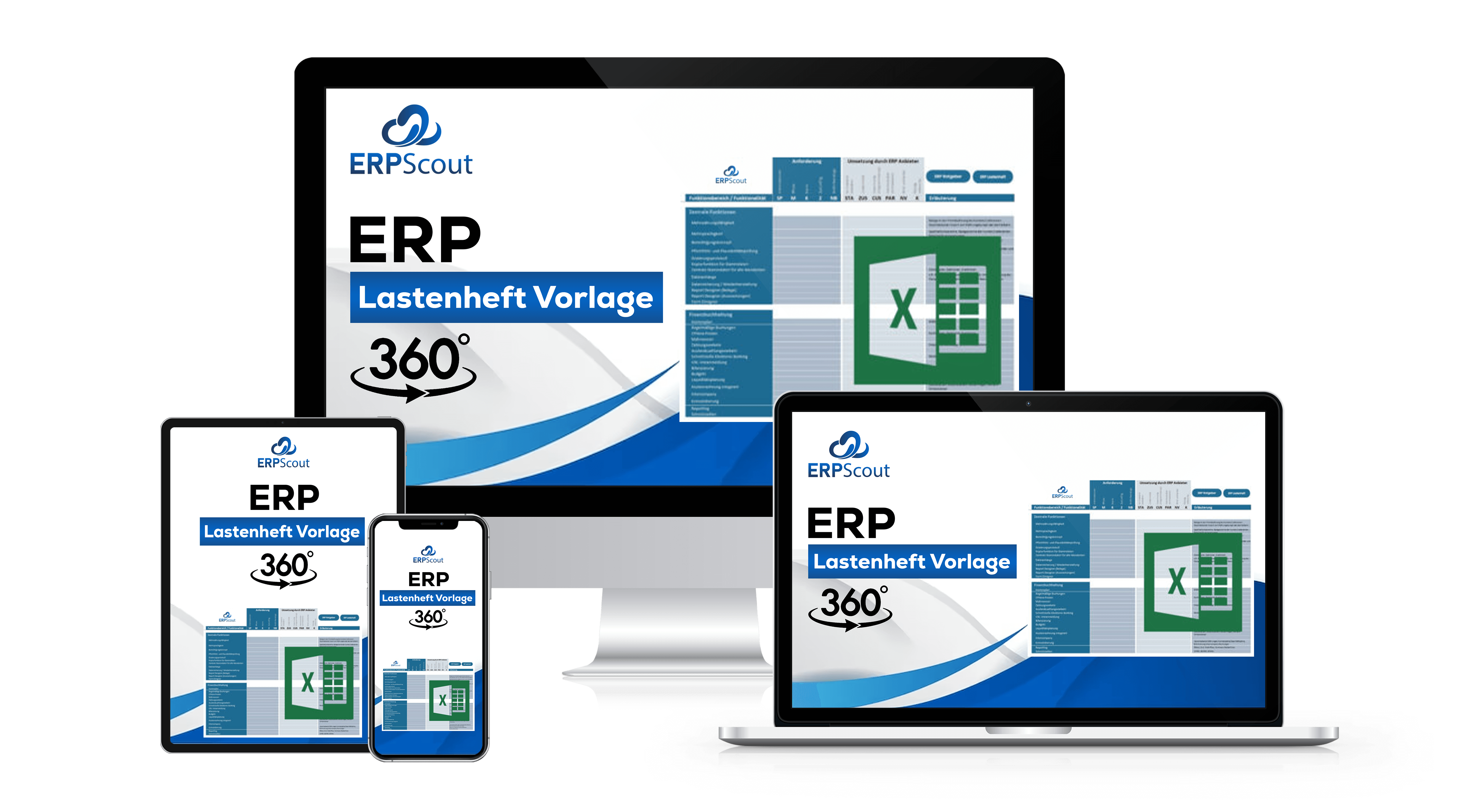Auswahl ERP System: 5 Schritte zum Erfolg
Die Auswahl eines ERP-Systems ist eine kritische Entscheidung mit weitreichenden Folgen für jedes Unternehmen. Unsere erfahrenen Experten liefern eine Checkliste für eine erfolgreiche ERP-Software Auswahl und beleuchten die wichtigsten Kriterien und den Prozess bei der Entscheidung.
Die Auswahl der richtigen ERP-Software ist ein entscheidender Faktor für die Produktivität und die Effizienz jedes Unternehmens. Es verschafft unbezahlbare Wettbewerbsvorteile, kann bei einem Scheitern aber sogar die Existenz bedrohen, wenn nämlich die kritischen Unternehmensabläufe nicht sauber abgebildet werden. Unsere Checkliste für den ERP Auswahlprozess besteht aus fünf Schritten:
- Definition der Anforderungen
- Marktrecherche der möglichen ERP Anbieter
- Ausschreibung
- Workshops mit den Anbietern auf der Shortlist
- Entscheidung für den richtigen Implementierungspartner
Mit dieser klaren und methodischen Vorgehensweise stellen Sie frühzeitig die Weichen für eine erfolgreiche ERP Implementierung in Ihrem Unternehmen.
1. Anforderungen
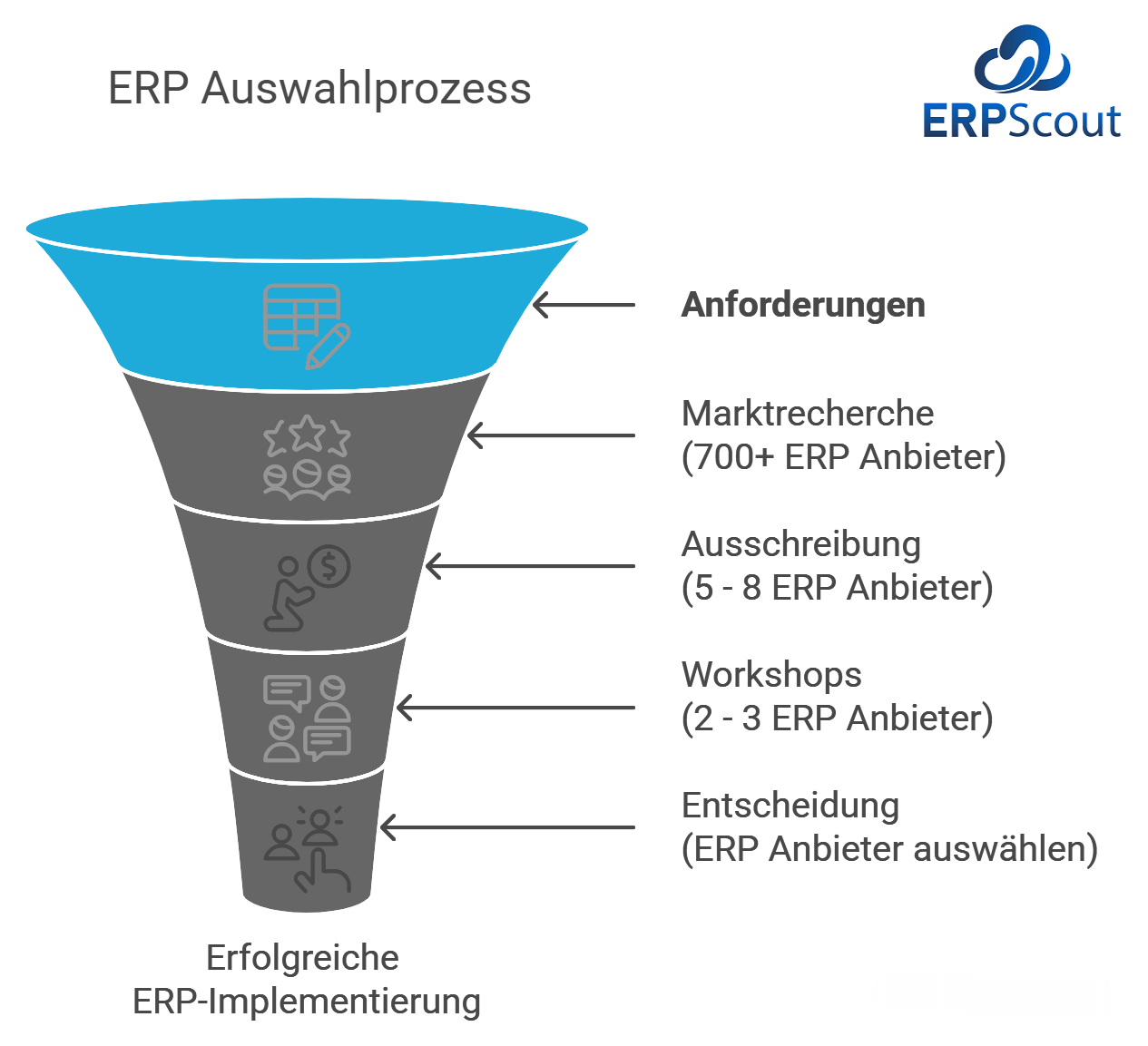
Die präzise Definition der Anforderungen an ein neues ERP System ist entscheidend bei der ERP-Auswahl. Wir empfehlen dabei folgende Checkliste:
- Welche Ziele sollen erreicht werden?
- Welche Geschäftsbereiche und Prozesse sollen abgebildet werden?
- Dabei geht der Blick auch in die Zukunft: Die neue ERP Software sollte auch in 5 oder sogar 10 Jahren noch die Anforderungen abdecken.
- Setzen Sie die Prozesse mit den aktuell größten Schwachstellen (“pain points”) und dem größten Optimierungspotential ganz oben auf die Liste.
- Stellen Sie ein kompetentes Team zusammen, binden Sie alle relevanten Abteilungen ein und holen Sie sich externe Unterstützung.
Und vor allem: Lassen Sie sich genügend Zeit für diese Projektphase.
Am Ende halten Sie Ihr Lastenheft oder Ihren Anforderungskatalog in den Händen und können die Marktrecherche starten.
2. Marktrecherche
Bei der Marktrecherche sondieren Sie den ERP Markt, um aus den hunderten von ERP Anbietern die passenden Anbieter für Ihr Unternehmen zu selektieren. Wir empfehlen dabei insbesondere folgende Kriterien:
- Brancheneignung: Ist das ERP System für Ihre Branche geeignet und kann der ERP-Anbieter seine Expertise und auch Referenzen in der Branche nachweisen?
- Funktionalität: Bildet die ERP Software die benötigten Funktionsbereiche vollständig ab?
- Technologie: Wie flexibel ist die ERP Lösung bei der Anbindung anderer Systeme? Wie einfach ist die ERP Lösung skalierbar?
- Investitionsschutz: Seit wann ist der Anbieter am Markt etabliert und bietet er eine hohe Investitionssicherheit?
TIPP: Lassen Sie sich von den unabhängigen Experten von ERP Scout Ihre Top 5 ERP Anbieter zusammenstellen – kostenlos und unverbindlich.
Als Ergebnis haben Sie sich eine Longlist von zusammengestellt, mit denen Sie in die Ausschreibung gehen. Wir empfehlen in dieser Phase eine Vorauswahl von 5 bis 8 Anbietern.
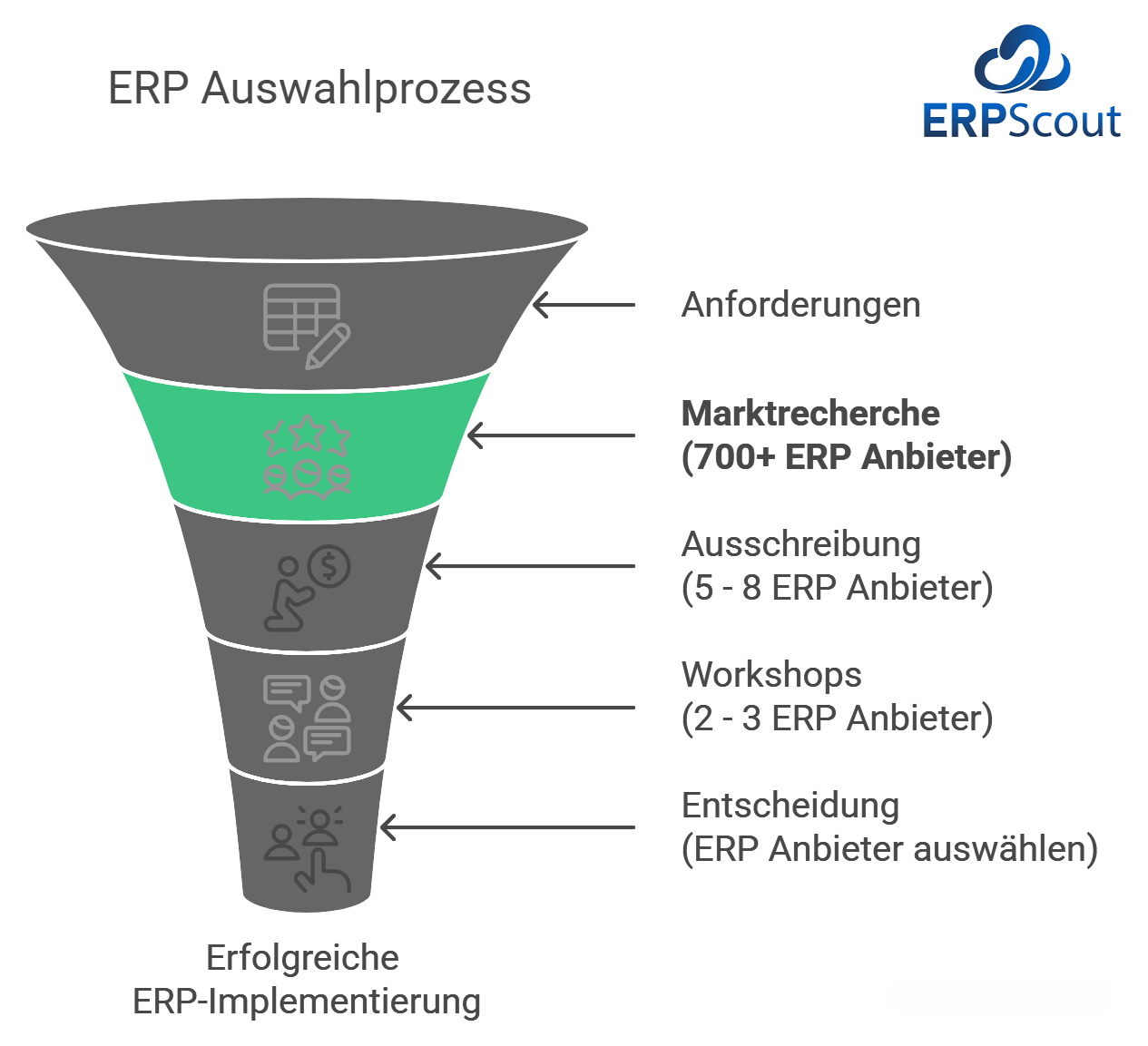
3. Ausschreibung
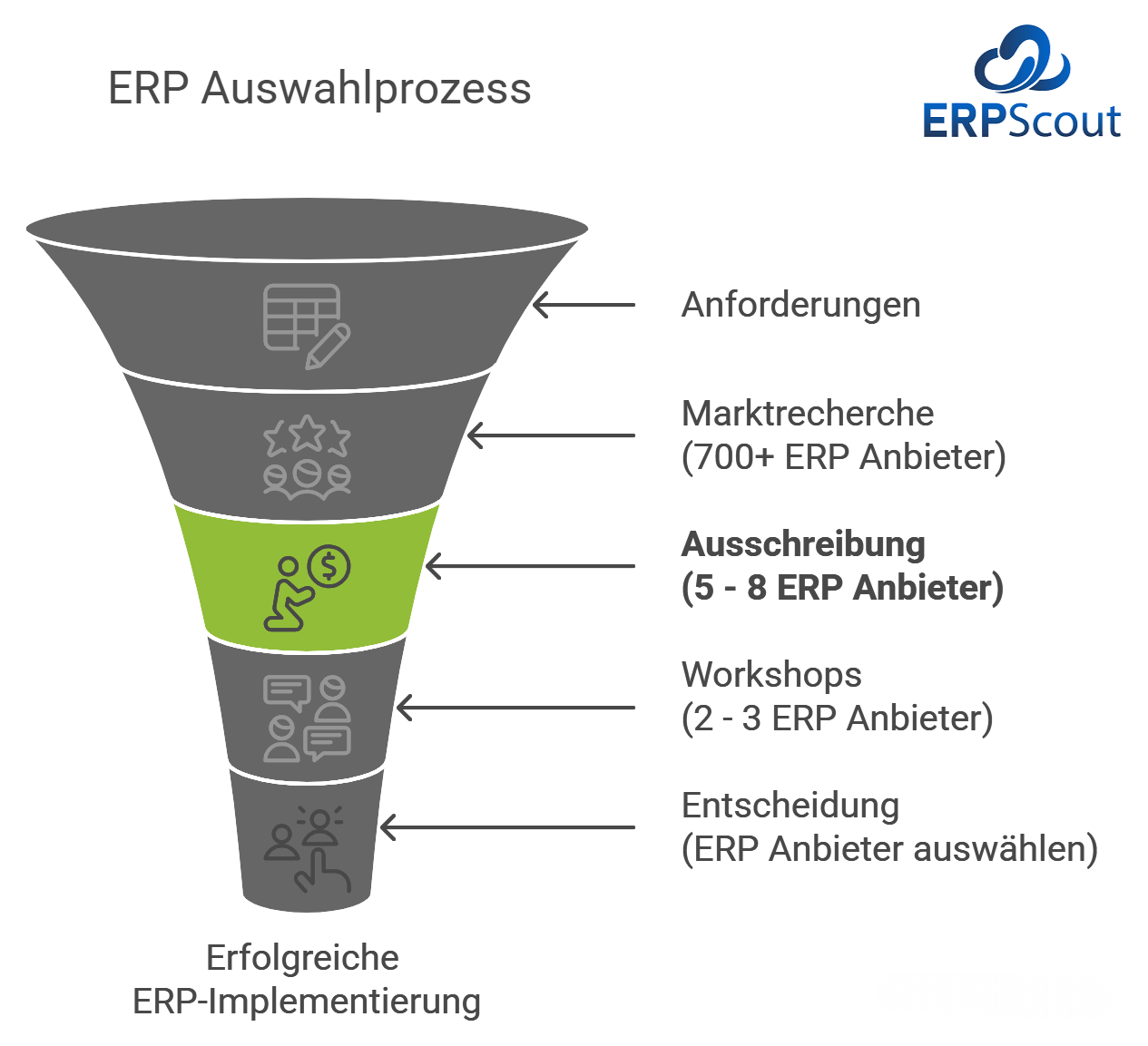
Im Rahmen der Ausschreibung senden Sie Ihre Anforderungen in Form eines Lastenhefts oder Anforderungskatalogs an die Anbieter auf Ihrer Longlist. Bei den ersten Kontakten achten Sie auf folgende Punkte:
- Präsentation: Lassen Sie sich online oder vor Ort präsentieren, wie das ERP System Ihre Anforderungen abdeckt. Achten Sie dabei auf die Lösungskompetenz des Anbieters spezifisch in Ihrer Branche.
- Kostenschätzung: Lassen Sie sich ein erstes Angebot erstellen, das Lizenzen, Dienstleistungen und Support und Wartung enthält. In unserem Ratgeber ERP Kosten bekommen Sie einen ersten Einblick.
- Look & Feel: Bekommen Sie bei der Präsentation einen ersten Eindruck, wie Ihre Mitarbeiter mit der ERP Software arbeiten können.
Wählen Sie auf Basis dieser Kriterien 2 bis 3 Anbieter aus, die auf Ihre Shortlist kommen.
4. Workshops
Mit den Anbietern auf Ihrer Shortlist geht es jetzt in die Endphase Ihrer ERP Auswahl. Wir empfehlen folgenden Ablauf:
- Workshops: Führen Sie mit jedem Anbieter einen 1 bis 3-tägigen Workshop durch, bei dem der Anbieter detailliert Ihre Anforderungen mit Ihnen durchgeht. Lassen Sie sich am Ende des Workshops konkret präsentieren, wie Ihre Anforderungen umgesetzt werden können. Geben Sie dabei das Drehbuch vor und setzen Ihren Fokus auf die Prozesse mit den aktuell größten Schwachstellen (“pain points”) und dem größten Optimierungspotential.
- Referenzkunden: Nehmen Sie Kontakt zu einem oder mehreren Referenzkunden jedes Anbieters auf und prüfen Sie, inwieweit der Kunde zufrieden mit der ERP Lösung, aber auch mit der Zusammenarbeit mit dem Anbieter ist.
- Kosten und Zeitplan: Fordern Sie ein verbindliches Angebot mit einem ebenso verbindlichen Zeitplan der Umsetzung an.
TIPP: Die Chemie muss stimmen. Achten Sie auf eine konstruktive, angenehme Zusammenarbeit mit den Mitarbeitern des ERP Anbieters, die später zum Projektteam gehören werden.
Mit diesen Informationen sind Sie gut gerüstet, den letzten Schritt bei der ERP Auswahl zu gehen.

5. Entscheidung
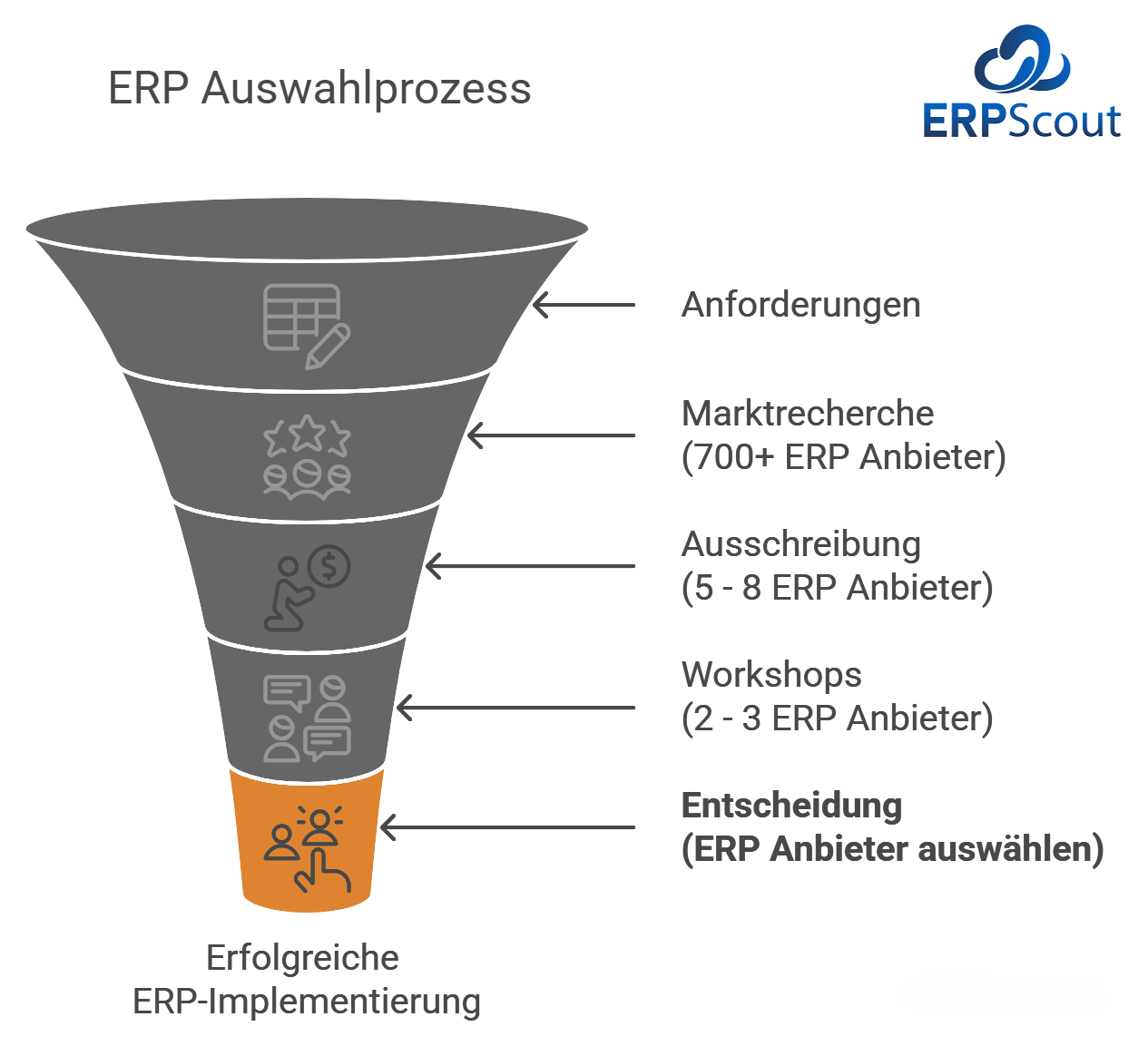
Bei der Entscheidung für den Implementierungspartner entscheiden Sie sich gleichzeitig für zwei Dinge: Ein ERP System, das in den nächsten 10 Jahren ein Kernelement Ihres Geschäfts sein wird, und einen Partner, der Sie auf diesem Weg begleiten wird. Achten Sie dabei auf folgende Punkte:
- Vertragsverhandlungen: Der Vertrag sollte alle relevanten Komponenten beinhalten, inklusive Lizenzen, Dienstleistungen, Support und Wartung und alle weiteren laufenden Kosten. Handeln Sie günstige Konditionen inklusive Zahlungsmodalitäten aus und achten Sie darauf, in welchen Fällen der Partner und in welchen Fällen der Hersteller des ERP Systems haftet.
- Pflichtenheft: Das Pflichtenheft ist Bestandteil des Vertrags und beschreibt, wie Ihre Anforderungen mit der neuen ERP Software umgesetzt werden.
- Zeitplan: Die zeitliche Projektplanung sollte verbindlicher Bestandteil des Vertrags sein.
Jetzt haben Sie die ERP Auswahl erfolgreich abgeschlossen und starten in die Phase der ERP Einführung.
Das ERP Auswahlprojekt ist ein separates Projekt!
Die Auswahl der optimalen ERP Software ist eine ressourcenintensive Aufgabe und sollte als ein eigenes Projekt angesehen werden. Selbst wenn die verantwortlichen Mitarbeiter zumindest teilweise für dieses Projekt freigestellt werden, ist es auf keinen Fall zu unterschätzen. Die Kosten und die Zeit, die hier “gespart” werden, holen einen mit Faktor x in den späteren Projektphasen der ERP Einführung wieder ein. In einer Studie von ERP Einführungsprojekten gaben die Teilnehmerunternehmen über alle Unternehmensgrößen und Branchen hinweg an, dass sie im Durchschnitt 17 Wochen für die Auswahl ihres ERP Systems investiert haben, wobei mit der Unternehmensgröße auch die Dauer des Auswahlprozesses steigt. (Quelle: ERP project report von Softwarepath)
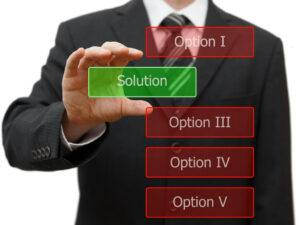
Da das Lastenheft der Dreh- und Angelpunkt jedes ERP Auswahlprojekts ist, stellen wir euch die Lastenheft Vorlage 360° inklusive Quick-Start Guide zum Download zur Verfügung.
Fazit
Die Auswahl der richtigen ERP Software ist eine kritische und ressourcenintensive Aufgabe für Unternehmen. Die systematische ERP Auswahl beinhaltet (1) die Definition der Anforderungen, (2) die Marktrecherche, (3) die Ausschreibung, (4) Workshops mit den Anbietern auf der Shortlist und schließlich (5) die Entscheidung für den Implementierungspartner. Die richtige Entscheidung verschafft Wettbewerbsvorteile und steigert die Effizienz und Produktivität. Eine falsche Entscheidung kann Ihre Existenz bedrohen. Deswegen holen sich viele Unternehmen dabei externe Unterstützung.
Top 5 ERP Systeme
Ermitteln Sie die Top 5 ERP Systeme für Ihr Unternehmen punktgenau aus 700+ Anbietern – kostenlos und unverbindlich.
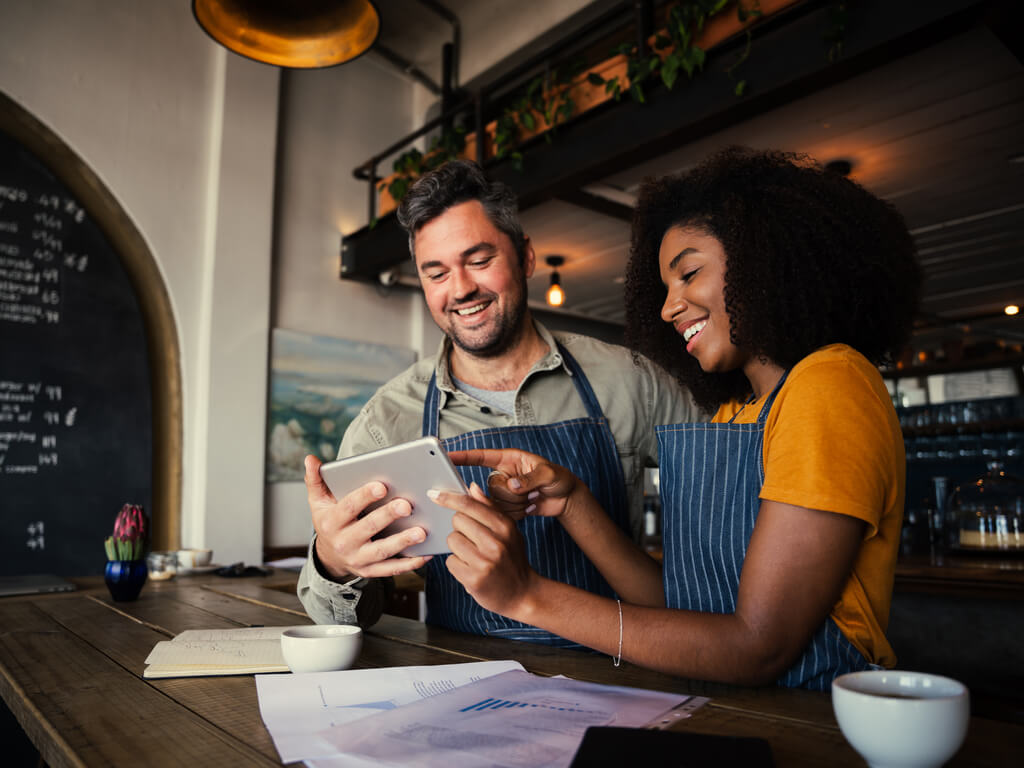
Rund 500 Unternehmen nutzen unsere effizienten Services und Tools bei ihrer ERP Software Auswahl – jedes Jahr.
